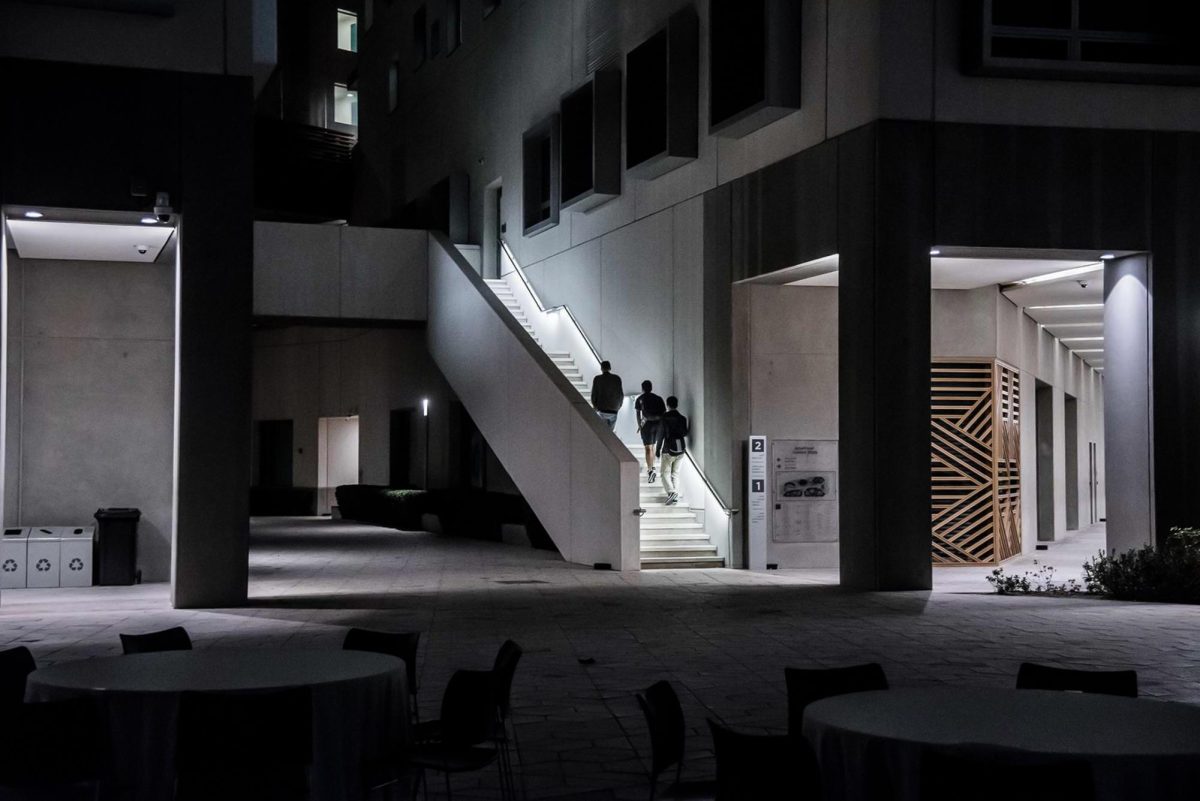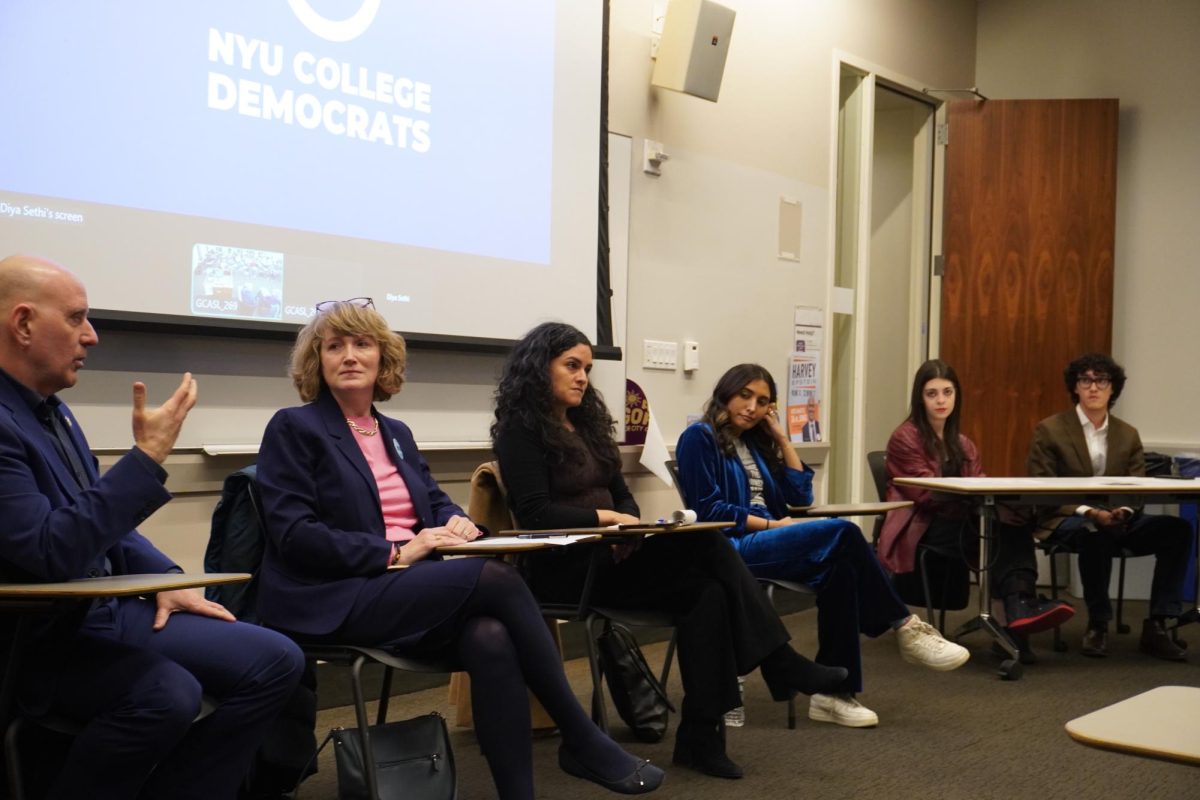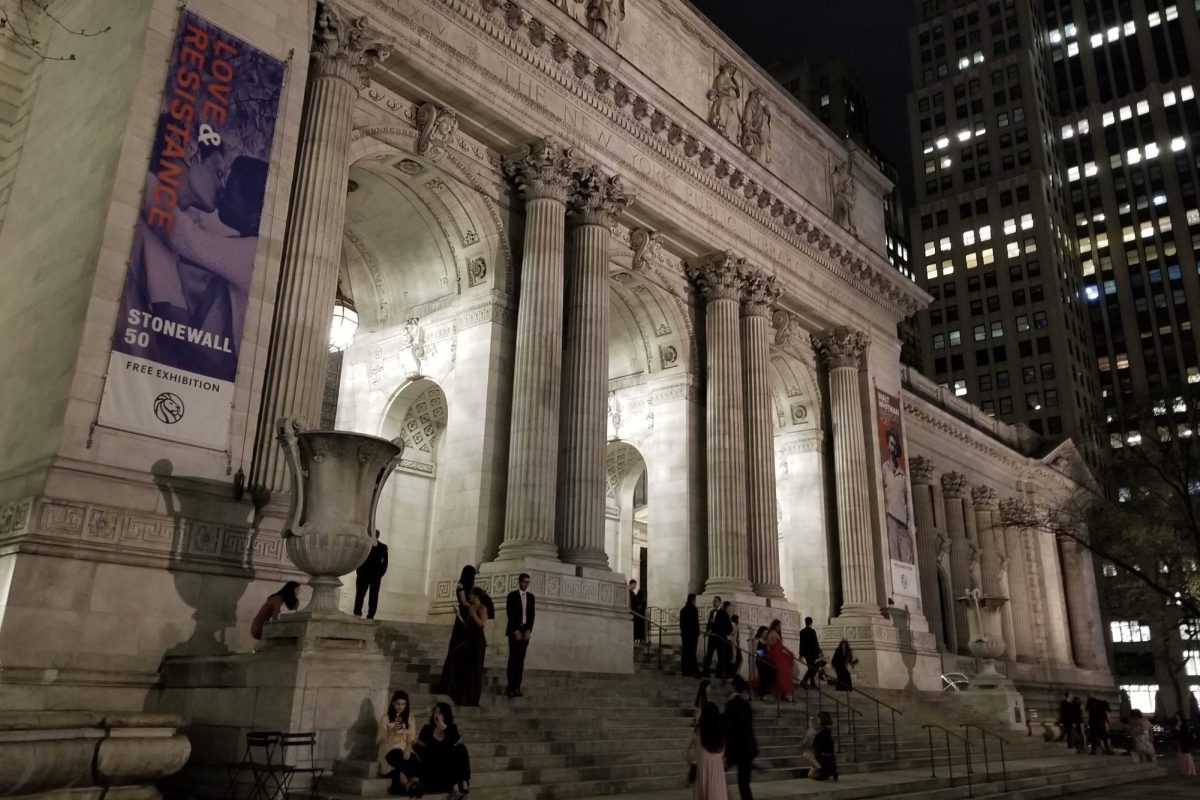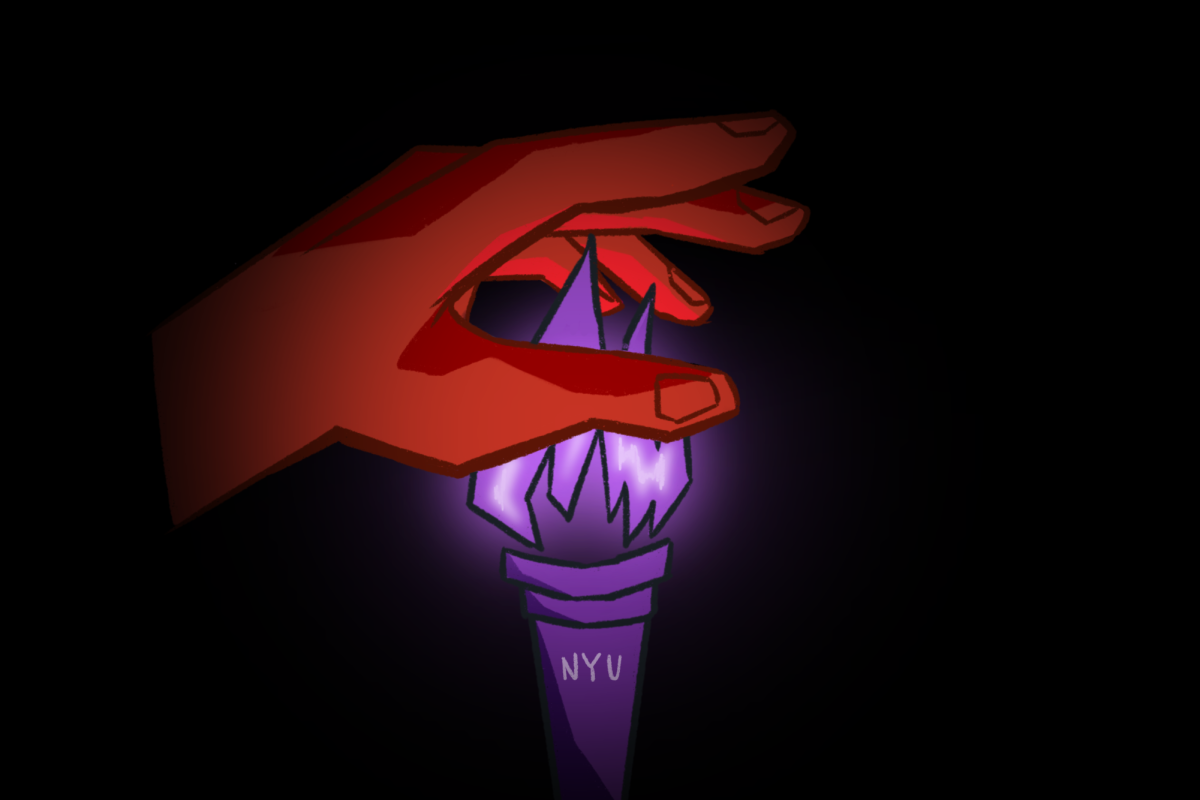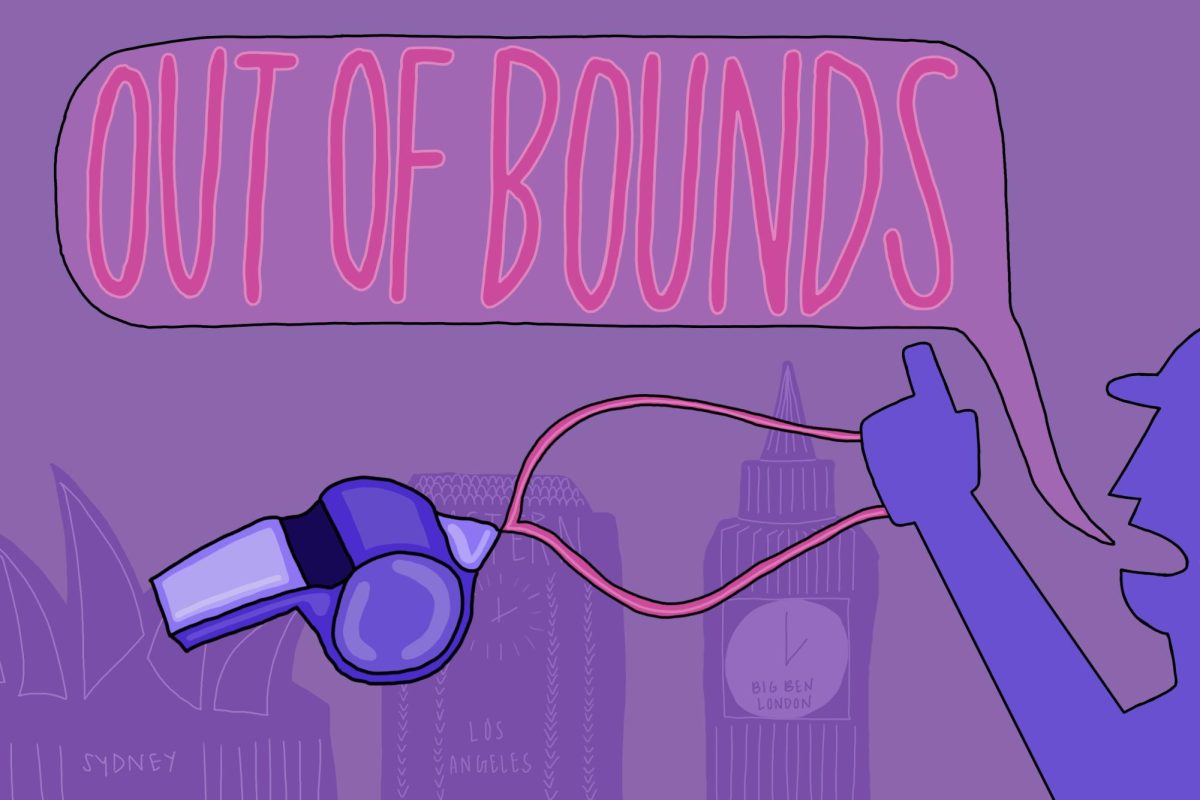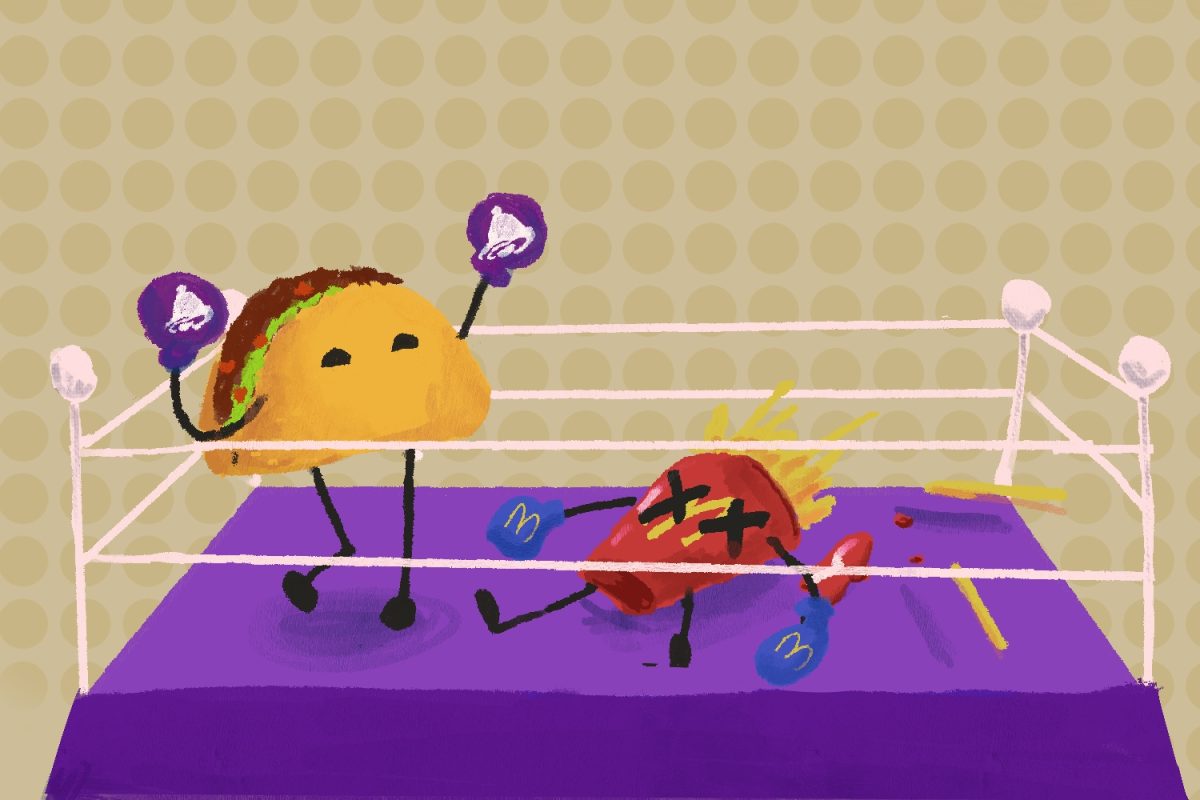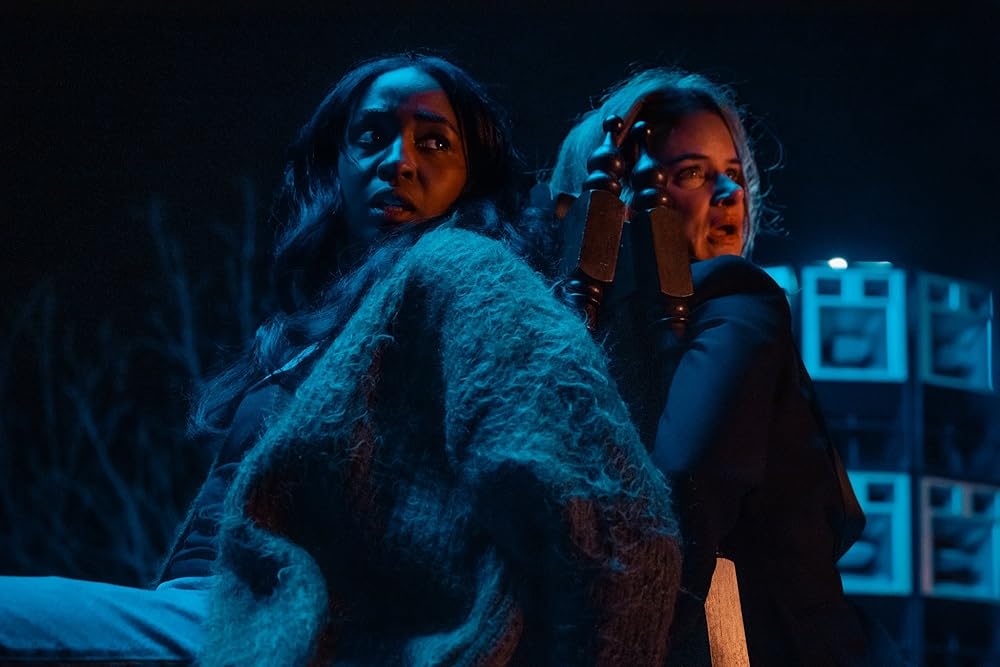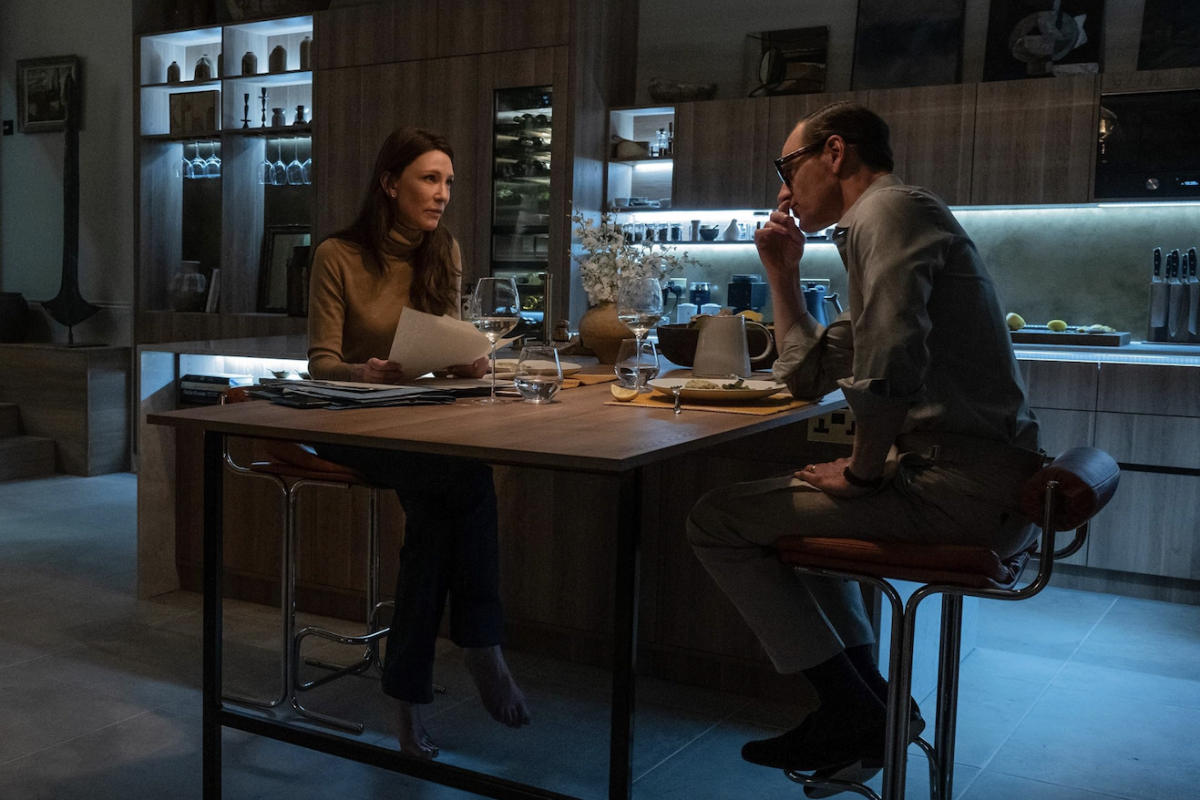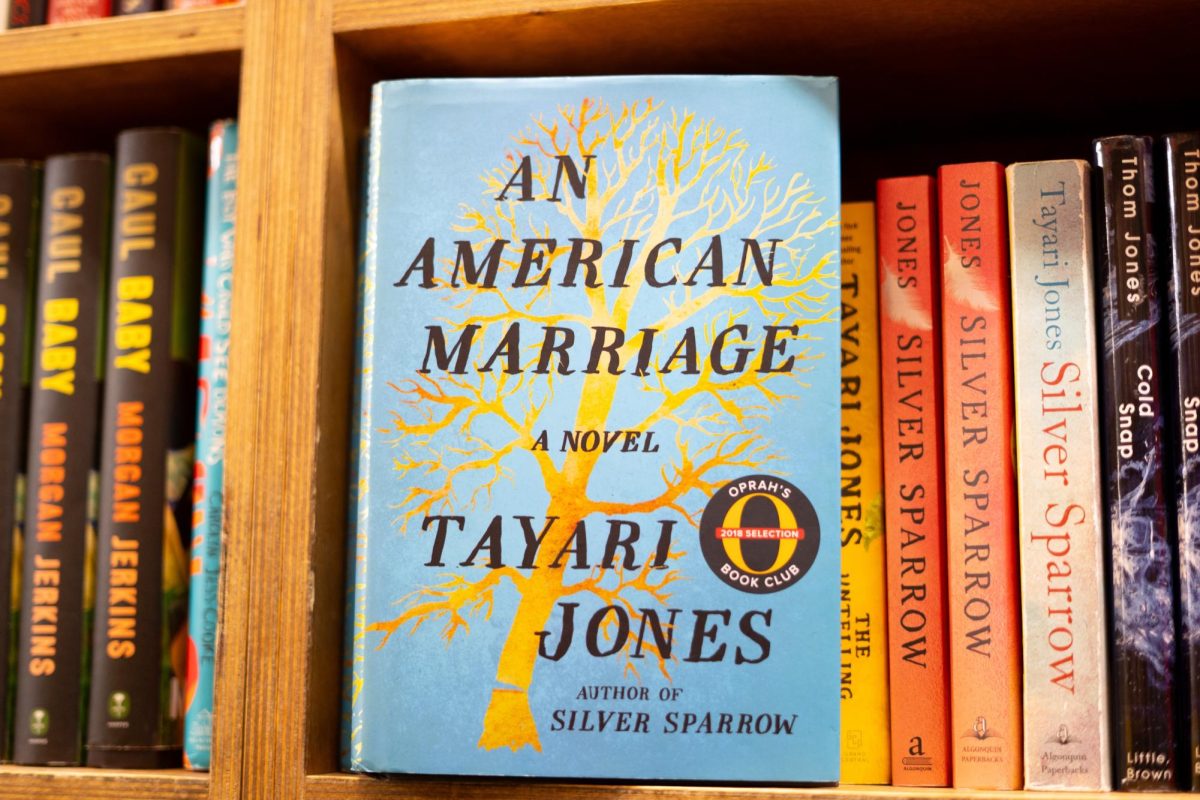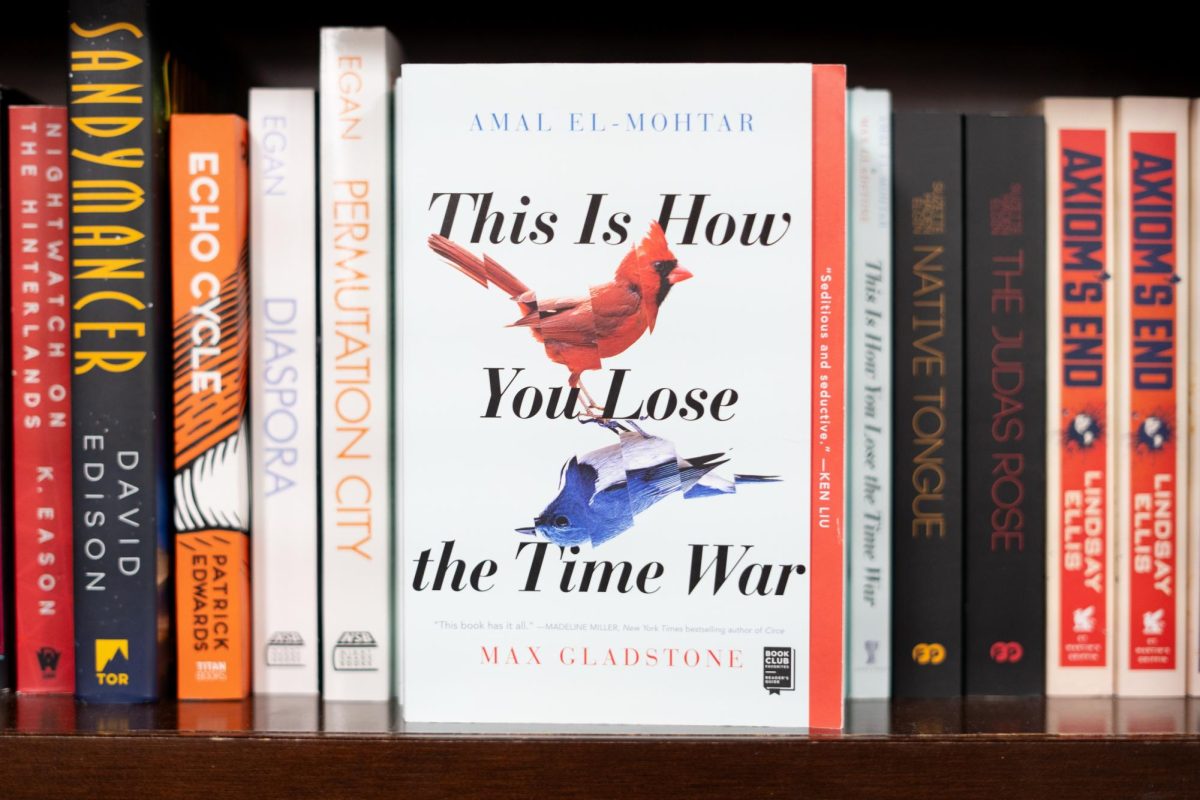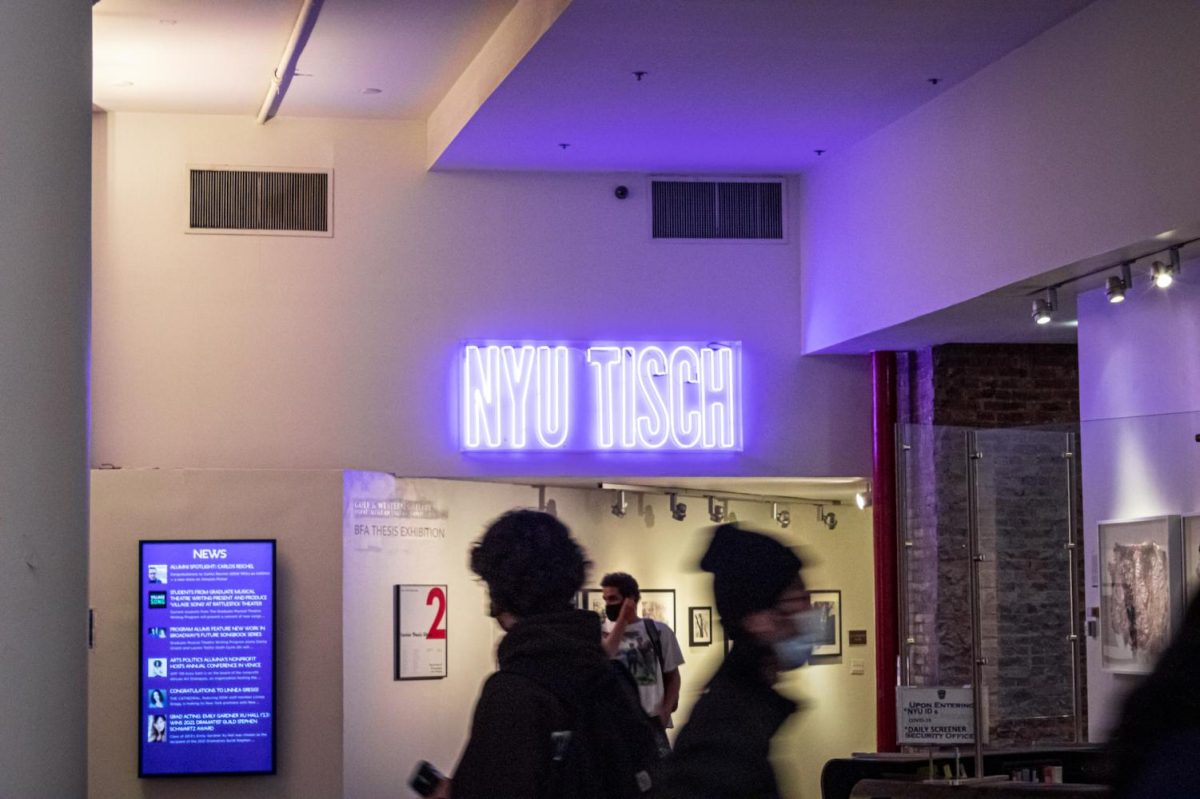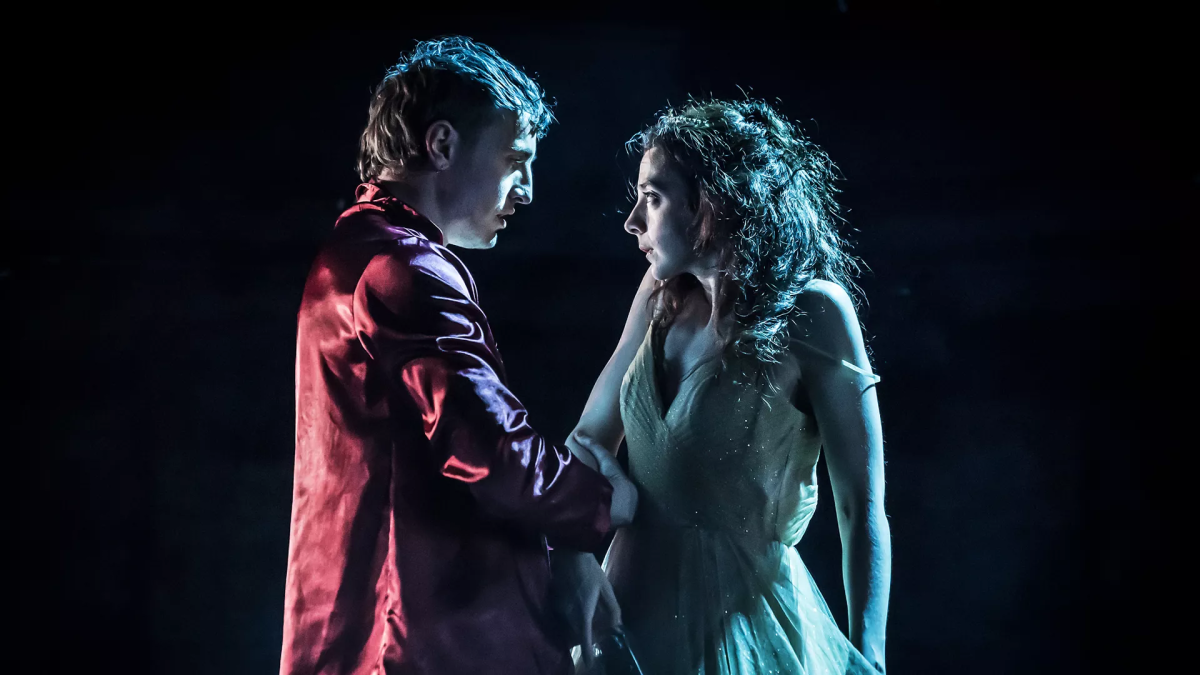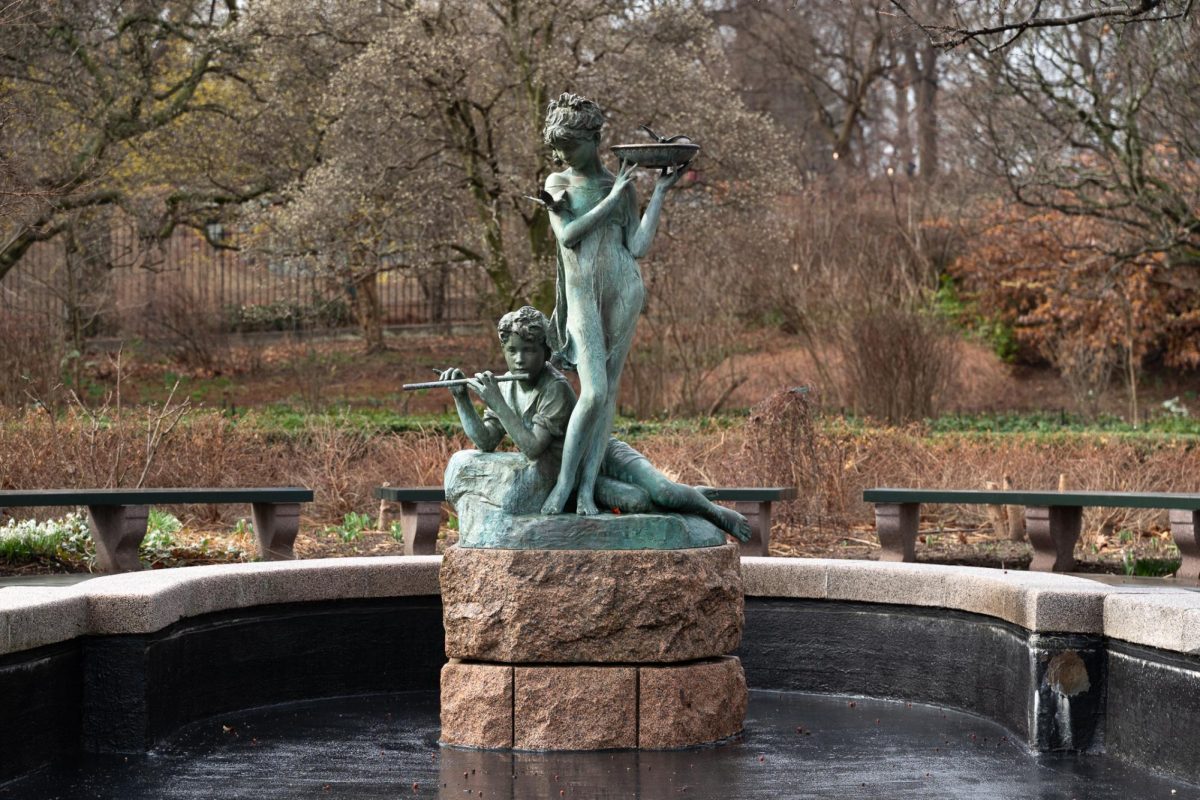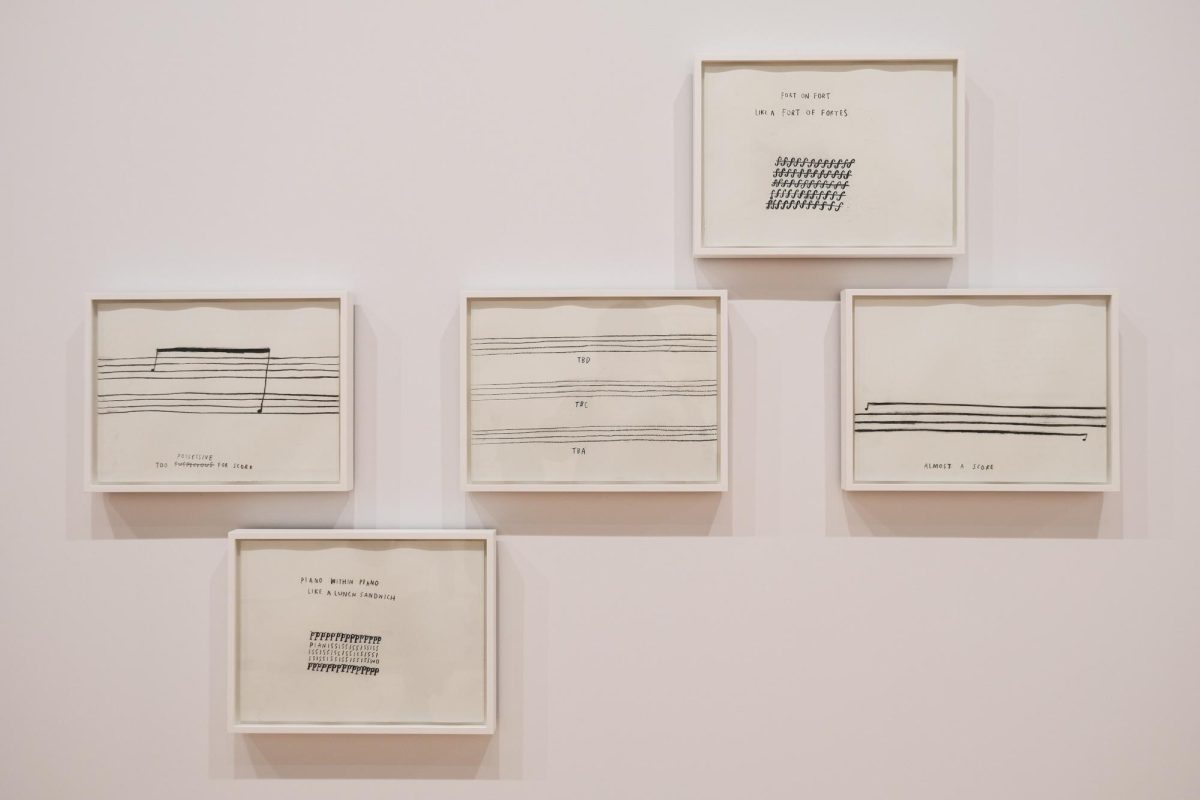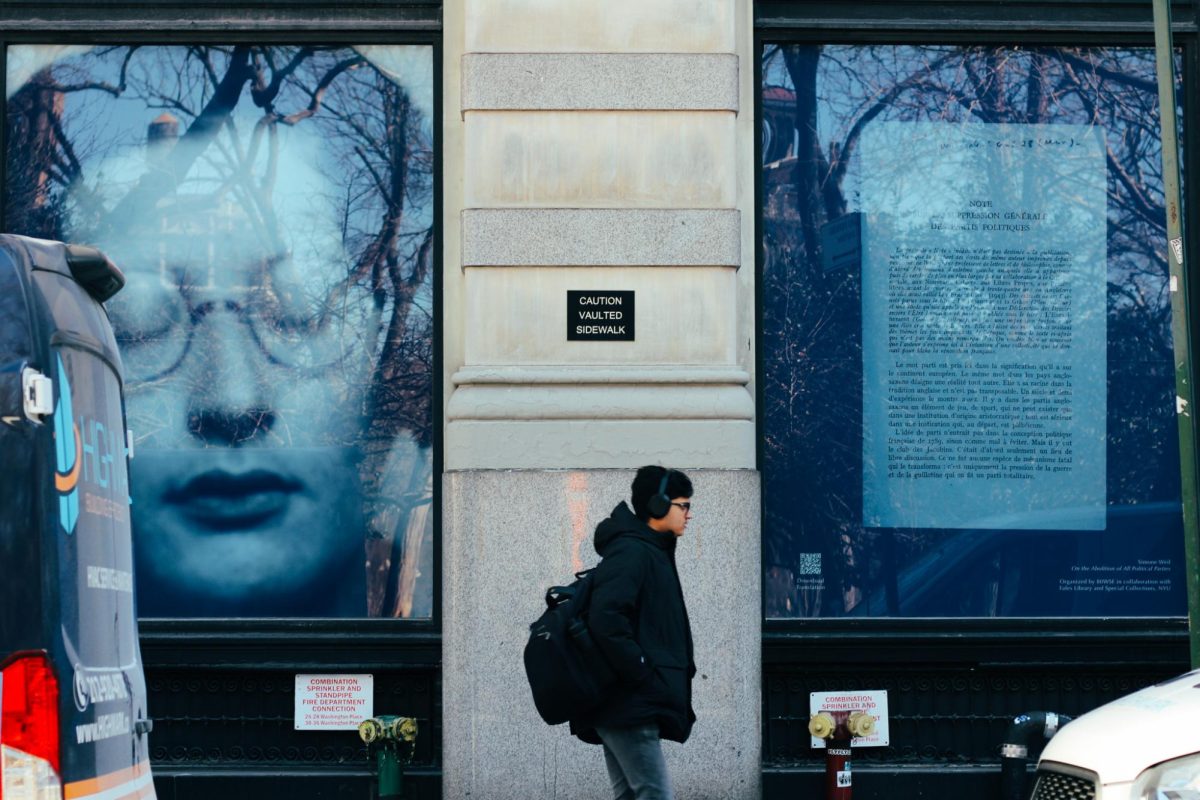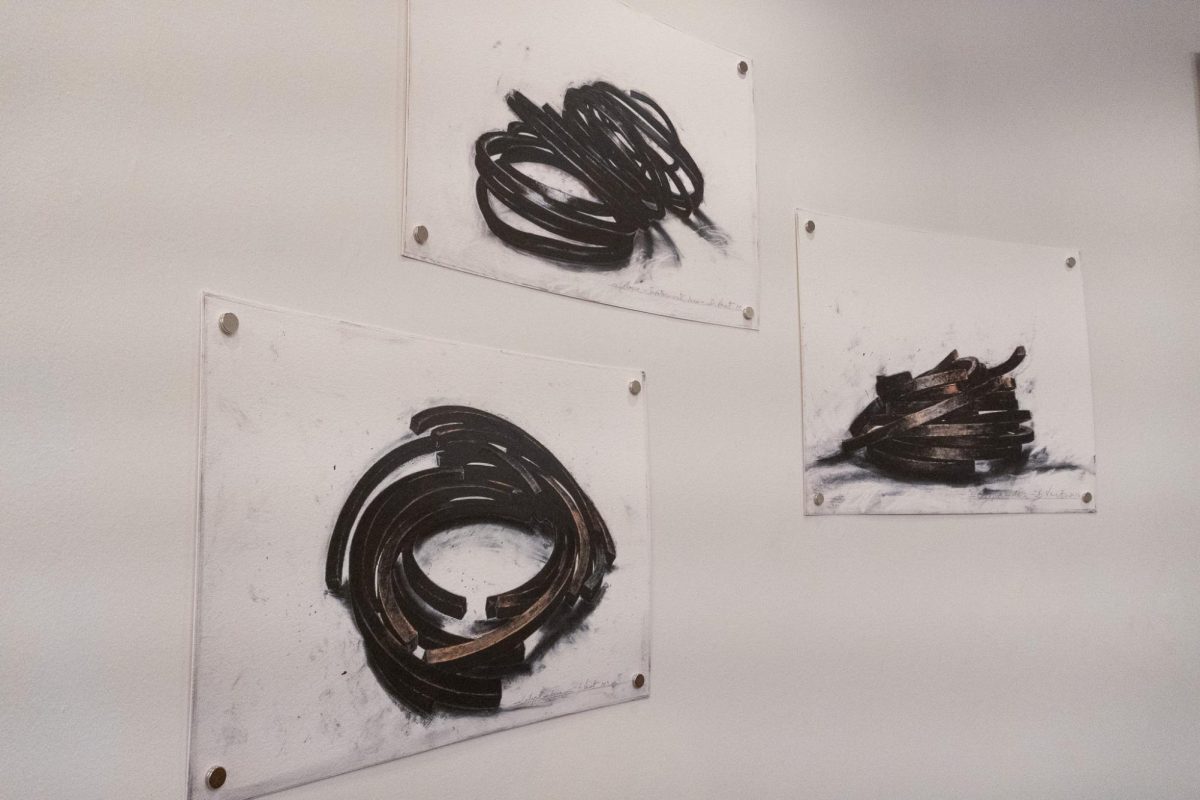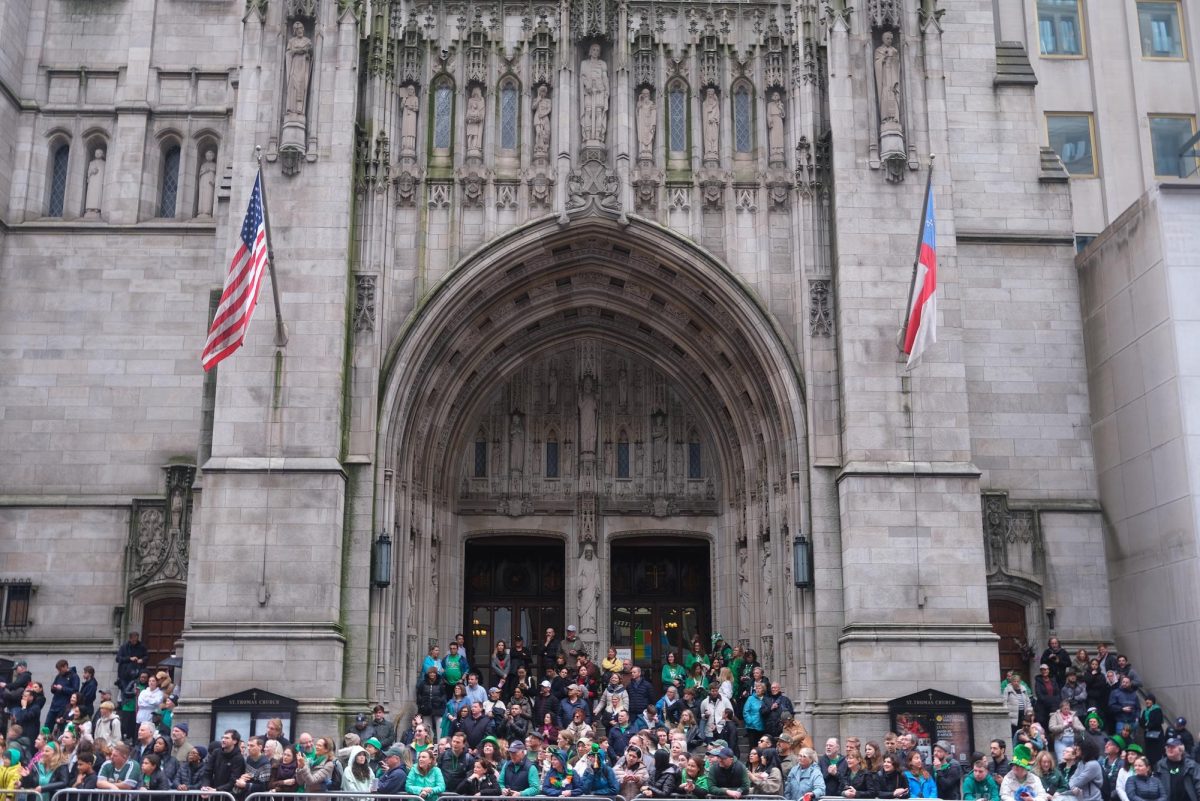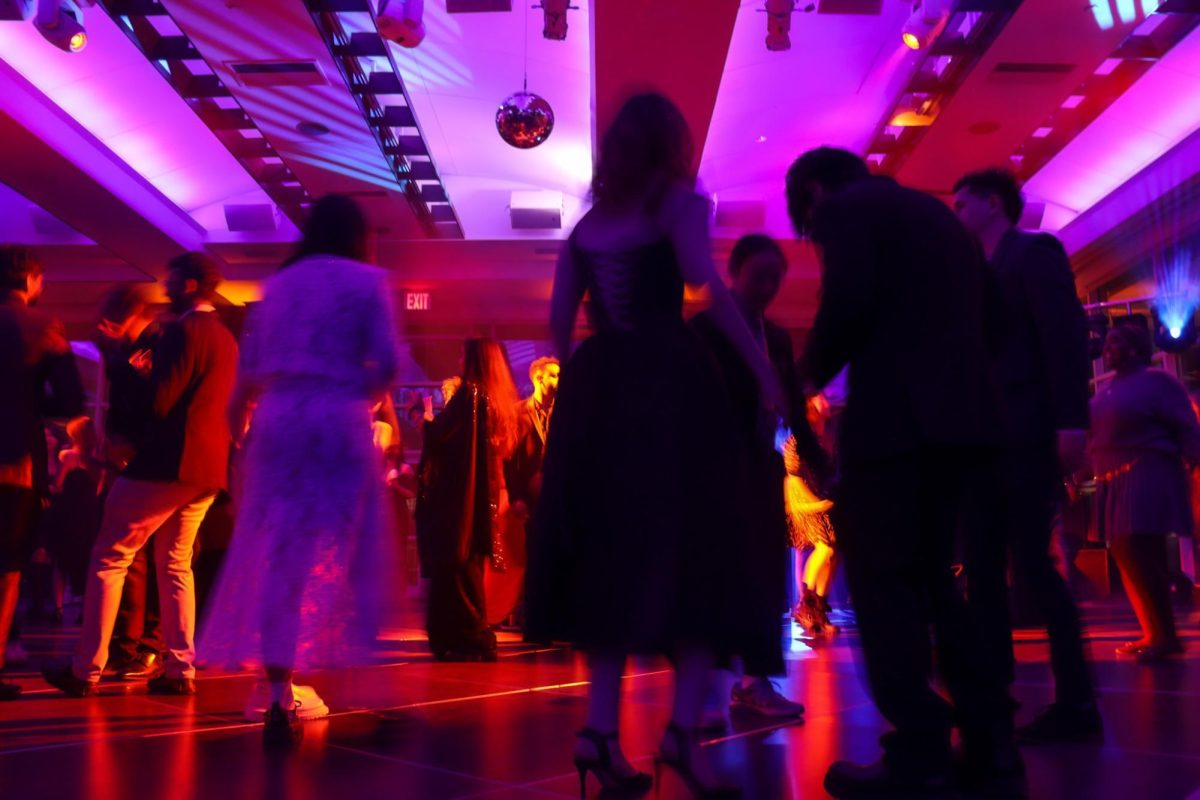NYU helps recover Houdini film
NYU helped in the conservation of Houdini’s “The Grim Game.”
February 9, 2015
“The Grim Game,” a 1919 silent film starring the famous illusionist Harry Houdini, was believed to be lost for about four decades. But thanks to a collaborative effort involving Turner Classic Movies and NYU’s Barbara Goldsmith Preservation and Conservation Department, the film has now been made available to the world again.
The recovered 71-minute feature film is expected to make its comeback during the 2015 TCM Classic Film Festival in Hollywood this upcoming March. Tisch professor Brane Živković composed an accompanying soundtrack.
The film follows the story of a young man named Harvey Hanford, or Harry Houdini, who is framed for murder but escapes from the police and goes after the true culprits. The film is a reflection of Houdini’s skill as an escape artist.
The film’s preservation journey began when Rick Schmidlin, a film preservationist and silent-film scholar, learned about the film from his friends at the Houdini Museum in Scranton, Pennsylvania. He decided to bring Professor Živković on board.
“I first met Brane at his NYU lecture. Since we became good friends, I reached out to him after learning about the film,” Schmidlin said.

After several weeks, Schmidlin located the owner of the only extant copy of the film. It belonged to Brooklyn resident Larry Weeks, a 95-year-old ardent fan of Houdini who had refused to sell the film to many prospective buyers in the past.
“After a long conversation, Larry finally agreed to sell the film. We were really lucky to reach out to [him] in time because he passed away soon after in September,” said Schmidlin. “And had the film not been procured, it would have been lost to the world forever.”
Schmidlin and Živković approached the Bobst Library’s Preservation and Conservation Department, where they received active cooperation from Head of the Preservation Department Paula De Stefano. The film finally arrived in two old metallic cans at NYU’s on-site vault at Bobst.
“For several months, the restored film was guarded like a secret inside NYU,” Schmidlin said.
Kimberly Tarr and Benjamin Moskovitz, who are part of the media preservation team, undertook the job of transferring the film to vented cans to protect it from further degradation.
“The only surviving part of the film known to the world was a five minute footage of an actual plane-crash that had occurred while filming,” said Tarr, who was excited about the breakthrough of this project. “It was an honor to work with such a great team. It was a great collaboration and we’re delighted to get to play a role in that.”

Živković, a lauded composer who undertook the challenge of taking the audience back to 1919 through the score, felt the goal of the project was realized.
“I wanted to recreate the ambiance of a silent film theater of the early ‘20s, where local musicians played the score to enhance scenes, especially those involving action, emotion and heroic deeds.”
He is eager to watch his very first attempt at scoring a full-length silent film from scratch come to life at the upcoming premiere.
Schmidlin, who has actively been involved in the recovering of “The Grim Game” since the project’s beginning, felt pleased about the results of this project.
“[This was] a rare and entertaining experience,” he said. “It was the dream team that everyone wanted to have.”
A version of this article appeared in the Monday, Feb. 9 print edition. Email Tejas A. Sawant at [email protected].









